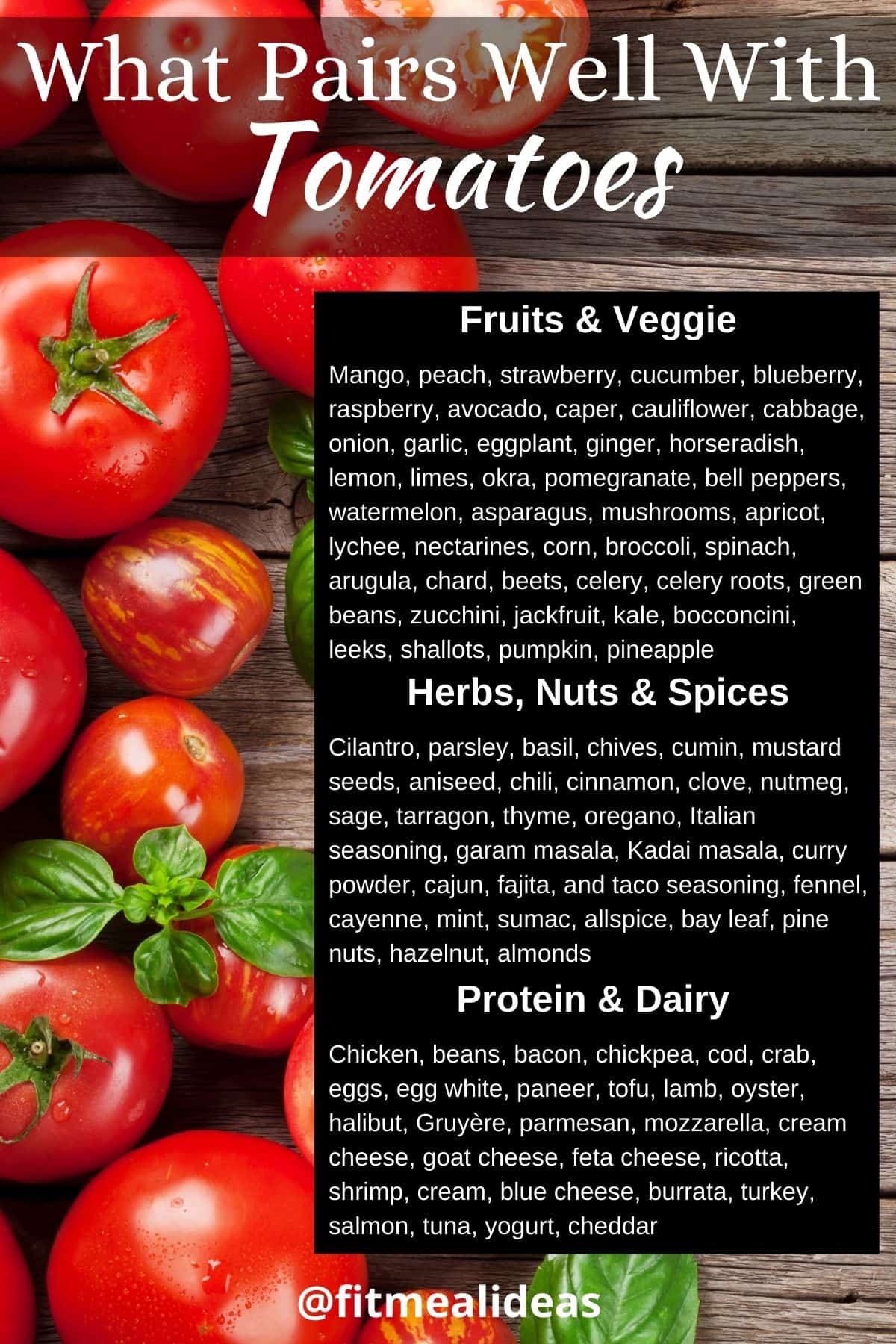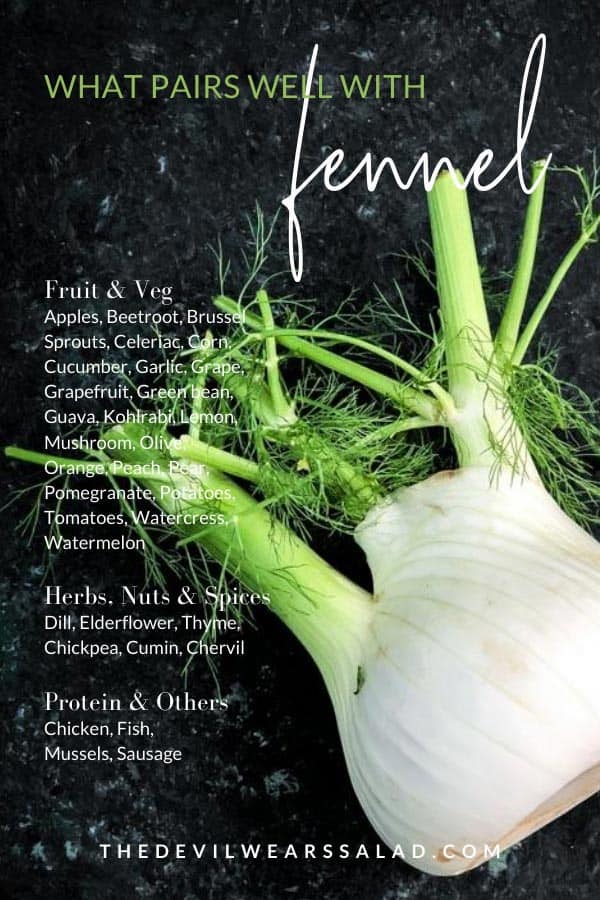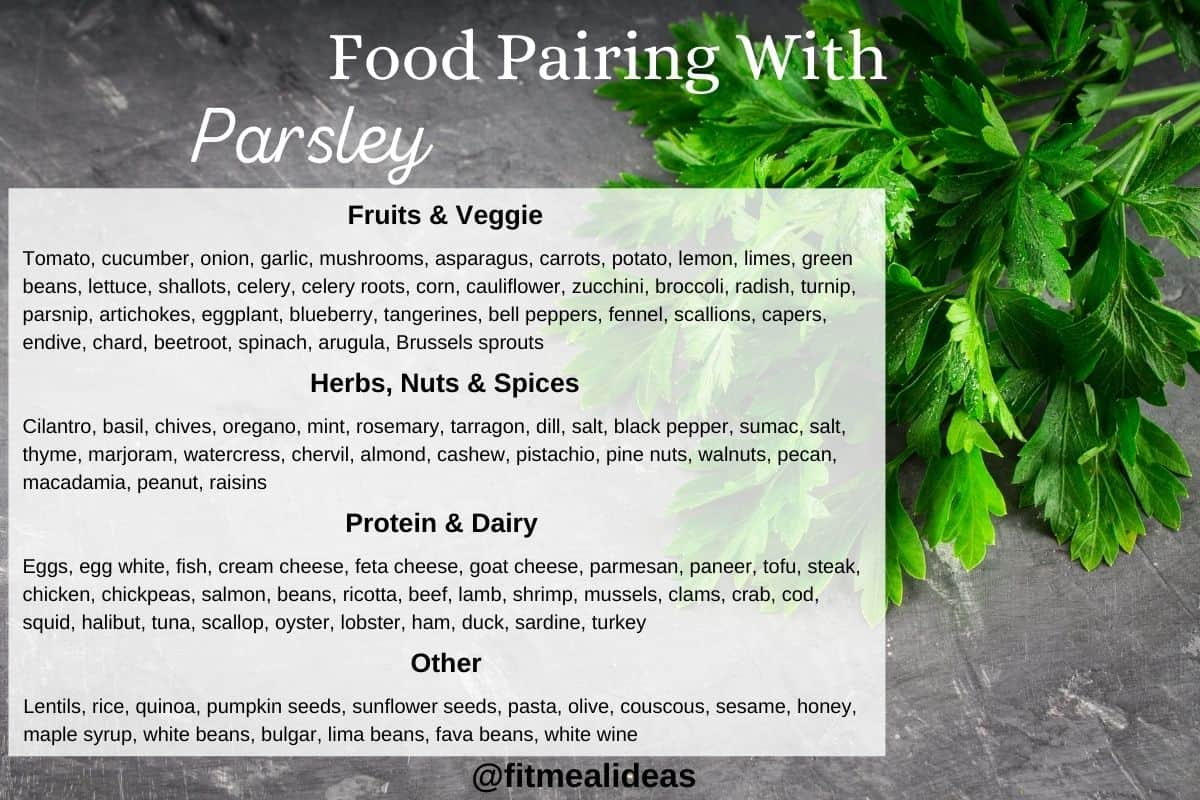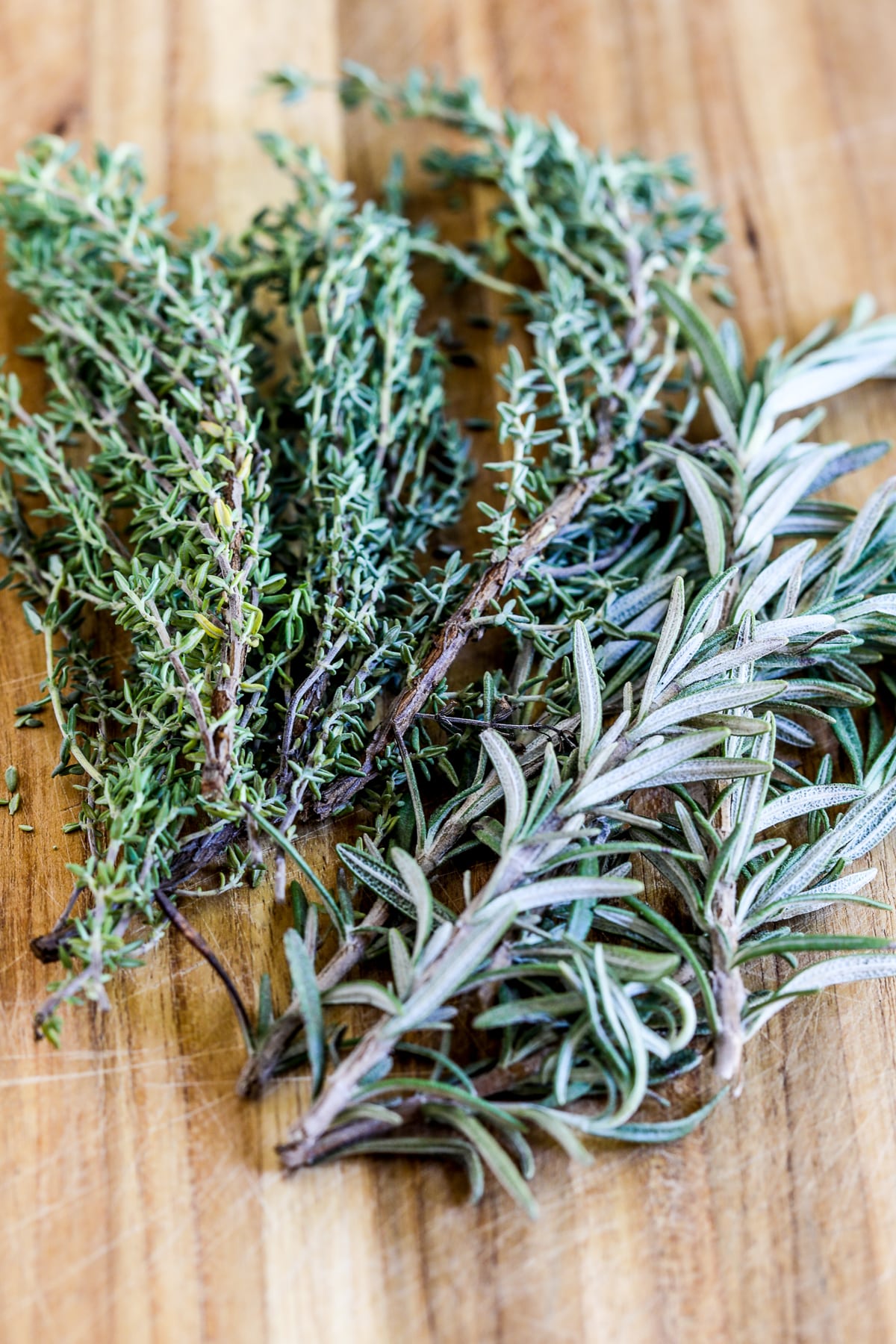The Ultimate Guide To Planting Compatible Herbs
The Ultimate Guide to Planting Compatible Herbs
Herbs are a great way to add flavor to your food, and they can also be beautiful additions to your garden. But did you know that there are certain herbs that grow well together, and others that should be avoided?
In this blog post, we will discuss the basics of companion planting, and give you some tips on which herbs to plant together. We will also provide a list of some of the most compatible herb pairings.
What is Companion Planting?
Companion planting is the practice of planting certain plants together in order to benefit each other. Some plants can help to attract beneficial insects, while others can help to repel pests. Some plants can also help to improve the soil quality, or to shade other plants from the sun.
There are a number of different factors to consider when choosing companion plants. These include the plants' sunlight and water requirements, their growth habits, and their susceptibility to pests and diseases.
Which Herbs Grow Well Together?
Here are some of the most compatible herb pairings:
- Basil and tomatoes: Basil helps to repel tomato hornworms, and tomatoes provide support for basil plants.

- Chives and roses: Chives help to repel pests from roses, and roses provide support for chives.

- Cilantro and carrots: Cilantro helps to repel carrot flies, and carrots provide support for cilantro.

- Dill and fennel: Dill and fennel help to attract beneficial insects, and they can also be used to make a delicious tea.

- Lavender and rosemary: Lavender and rosemary help to repel pests and diseases, and they also make a beautiful combination.

- Mint and strawberries: Mint helps to repel slugs and snails, and strawberries provide support for mint.
- Parsley and thyme: Parsley and thyme help to improve the soil quality, and they can also be used to make a delicious pesto.

Herbs to Avoid Planting Together
There are also a few herbs that should not be planted together. These include:
- Fennel and cilantro: These herbs are incredibly competitive, so they will not thrive if planted together.
- Rue, sage, and basil: These herbs can all damage each other by inhibiting each other's growth.
- Dill and lavender: Dill prefers acidic soil, while lavender prefers alkaline soil. These two herbs will not do well together.
Conclusion
By following the tips in this blog post, you can create a beautiful and productive herb garden. By planting compatible herbs together, you can help to attract beneficial insects, repel pests, and improve the soil quality.
Are you a fan of herbs? Do you love the way they add flavor to your food? If so, you'll be interested to know that there are certain herbs that are compatible with each other. When planted together, these herbs can help to improve each other's growth and flavor.
For example, basil and tomatoes are a classic combination. Basil helps to deter pests from tomatoes, and tomatoes provide the perfect environment for basil to thrive. Another great combination is mint and chives. Mint helps to repel insects, while chives deter rabbits and other pests.
If you're interested in learning more about compatible herbs, I recommend visiting Gardenia Inspiration. This website has a comprehensive list of herbs that can be planted together, as well as information on the benefits of each combination.
FAQ of compatible herbs
Question 1: What are some herbs that can be planted together?
Answer: There are many herbs that can be planted together, but some of the most compatible pairs include:
- Basil and tomatoes: Basil helps to deter pests from tomatoes, and the two plants complement each other's flavors.
- Chives and carrots: Chives help to repel carrot flies, and the two plants can also be used together in cooking.
- Lavender and rosemary: These two Mediterranean herbs have similar growing requirements and can be used together in a variety of dishes.
- Mint and parsley: Mint can help to repel pests from parsley, and the two plants can also be used together in salads and other dishes.
- Oregano and thyme: These two herbs are often used together in Italian cooking, and they can also be planted together in the garden.
Question 2: What are some herbs that should not be planted together?
Answer: There are a few herbs that should not be planted together, as they can compete for resources or inhibit each other's growth. These include:
- Fennel and cilantro: These two herbs are incredibly competitive, so it's best to plant them separately.
- Rue, sage, and basil: These herbs can all damage each other by inhibiting their growth.
- Dill and lavender: Dill prefers acidic soil, while lavender prefers alkaline soil. Planting them together can lead to nutrient deficiencies in both plants.
Question 3: How can I tell if two herbs are compatible?
Answer: There are a few things you can look for to determine if two herbs are compatible. These include:
- Their growing requirements: Do the herbs have similar water, sunlight, and soil pH requirements?
- Their pest and disease resistance: Do the herbs have similar resistance to pests and diseases?
- Their culinary uses: Are the herbs used together in cooking?
- Their aesthetic appeal: Do the herbs look good together in the garden?
Question 4: What are the benefits of companion planting herbs?
Answer: There are many benefits to companion planting herbs, including:
- Increased pest and disease resistance: Some herbs can help to repel pests and diseases from other plants.
- Improved pollination: Some herbs attract pollinators, which can help to improve pollination of other plants.
- Increased yields: Some herbs can help to increase the yields of other plants.
- Enhanced flavor: Some herbs can enhance the flavor of other plants when they are cooked together.
Question 5: Where can I find more information about compatible herbs?
Answer: There are many resources available to help you learn more about compatible herbs. These include:
- Books: There are many books available on the topic of companion planting, including "The Vegetable Gardener's Companion" by Barbara Damrosch and "Carrots Love Tomatoes" by Louise Riotte.
- Websites: There are many websites that offer information on compatible herbs, including the websites of the University of California Cooperative Extension and the Herb Society of America.
- Gardening magazines: Many gardening magazines include articles on companion planting.
Image of compatible herbs
- Parsley and mint: These two herbs have similar growing conditions and can be planted together in a pot or garden bed. They also have a complementary flavor, so they're often used together in cooking.

- Basil and tomatoes: This is a classic combination that's often used in Italian cooking. Basil and tomatoes both thrive in full sun, and they have a delicious flavor when paired together.
- Rosemary and thyme: These two herbs are often used together in Mediterranean cooking. They have a strong, earthy flavor that complements each other well.

- Oregano and sage: These two herbs are both native to the Mediterranean region, and they have a similar flavor profile. They're often used together in sauces, stews, and soups.

- Chives and chive flowers: Chives are a versatile herb that can be used in a variety of dishes. Their flowers are also edible and have a delicate flavor.


Post a Comment for "The Ultimate Guide To Planting Compatible Herbs"